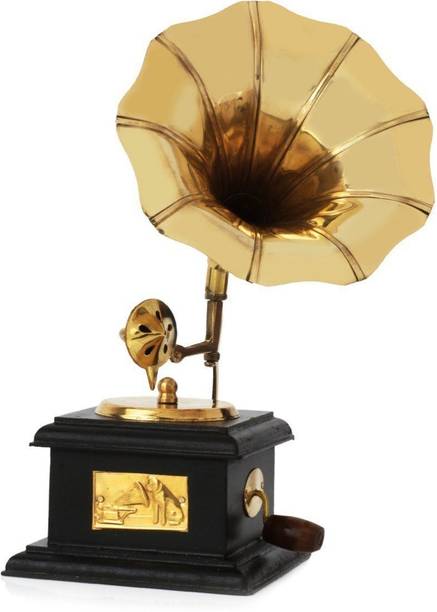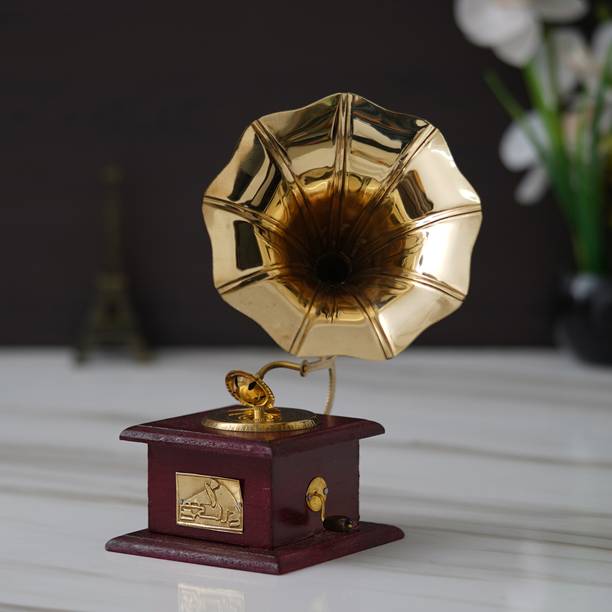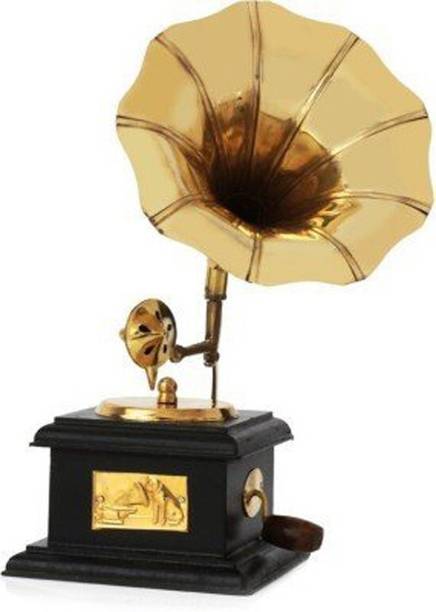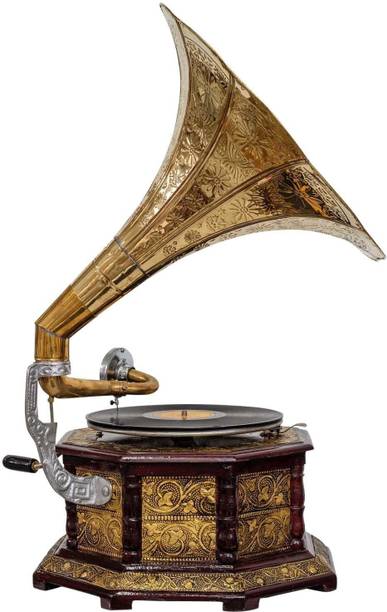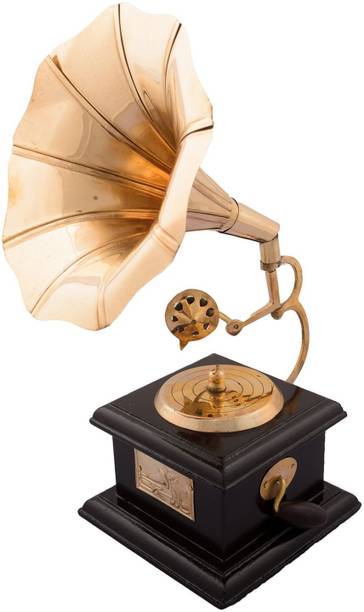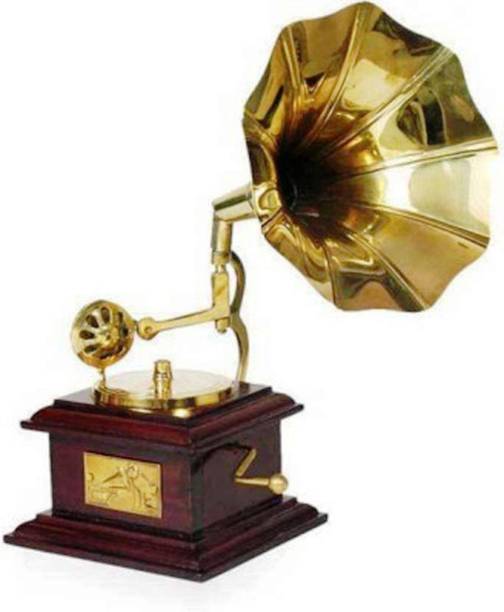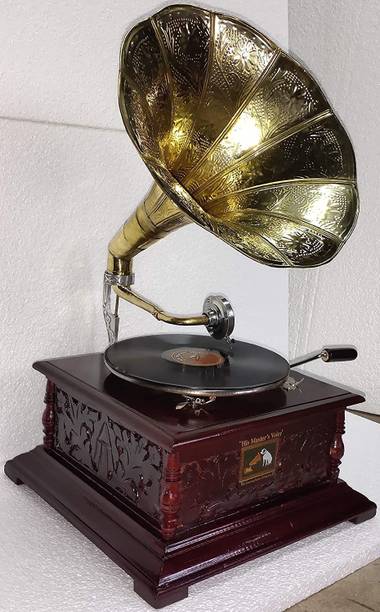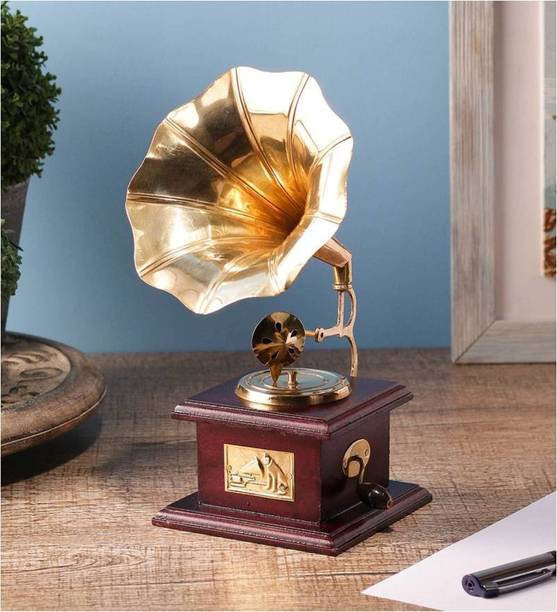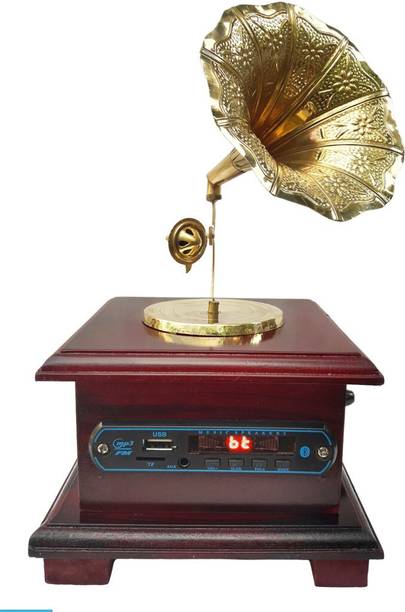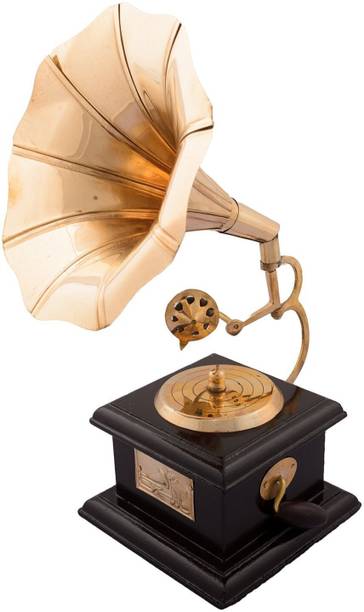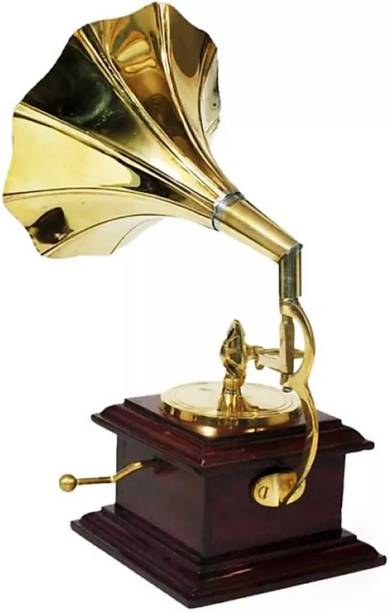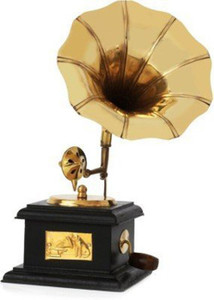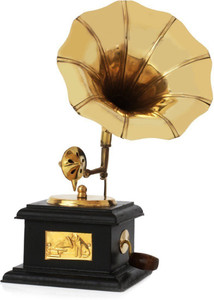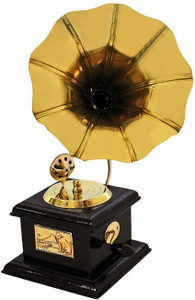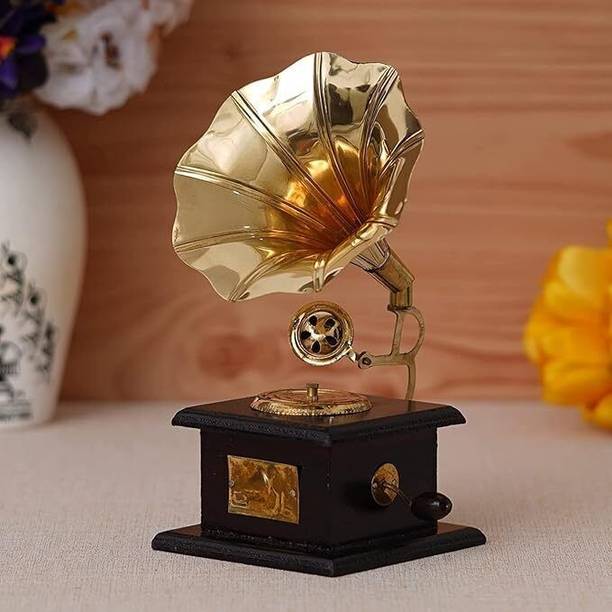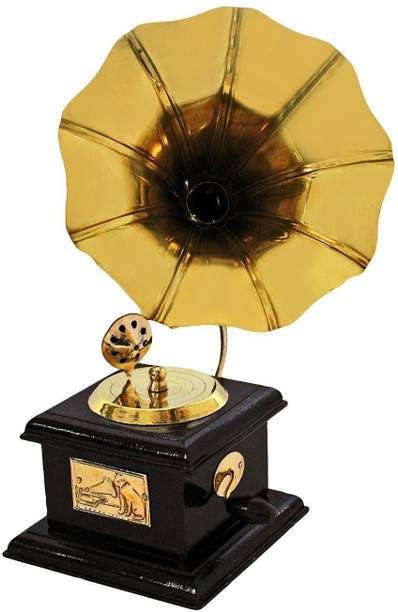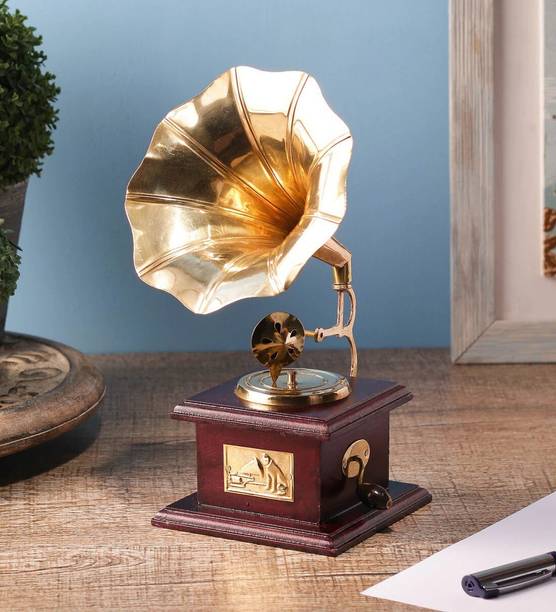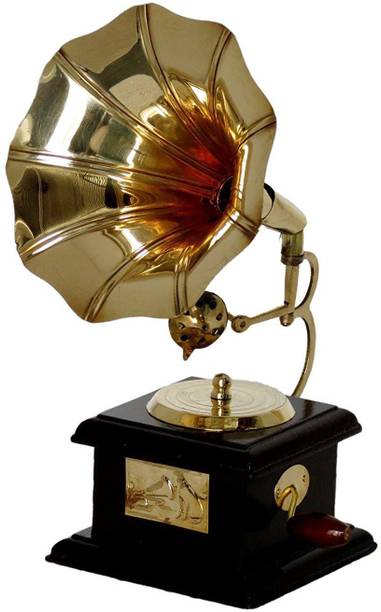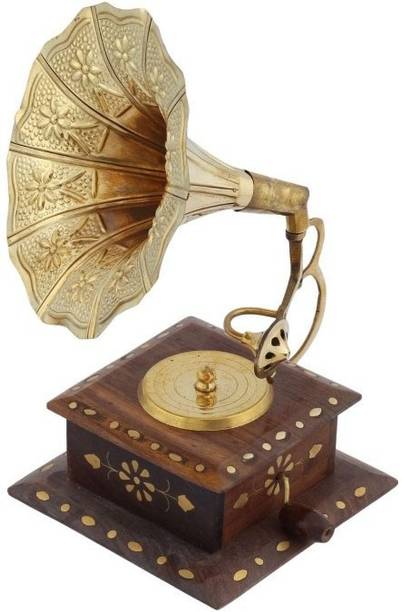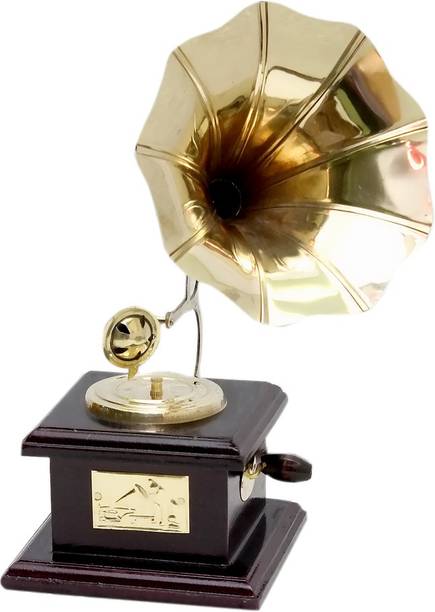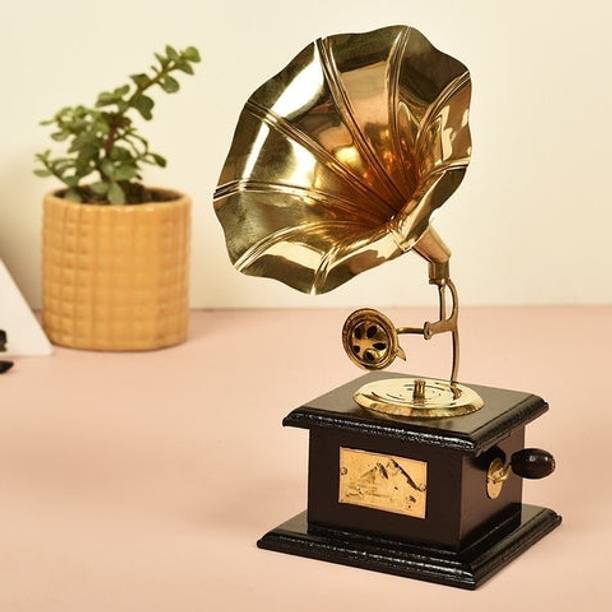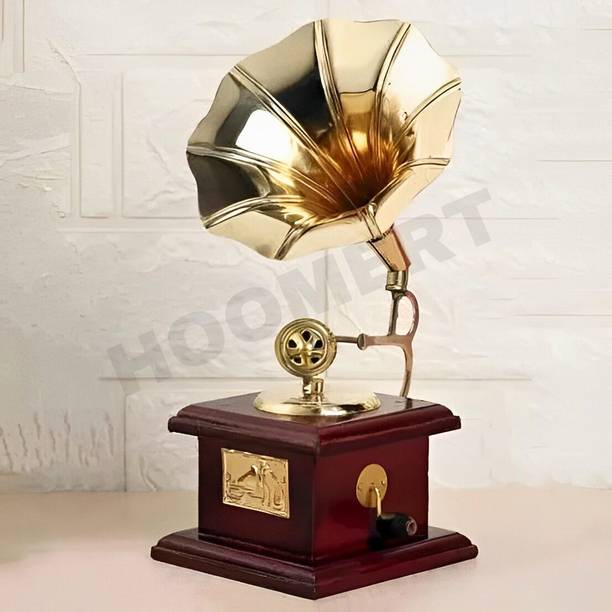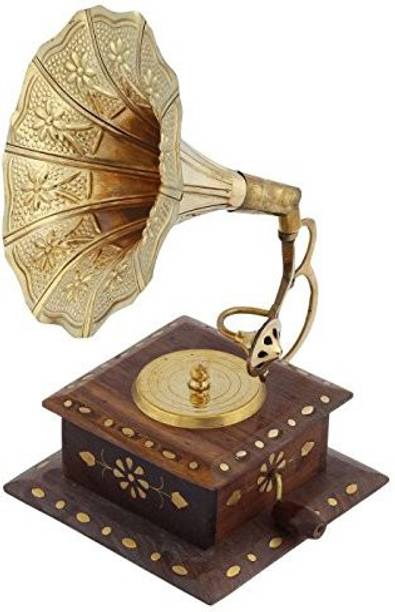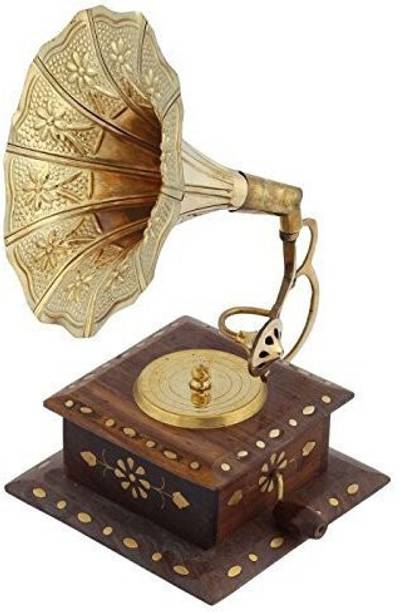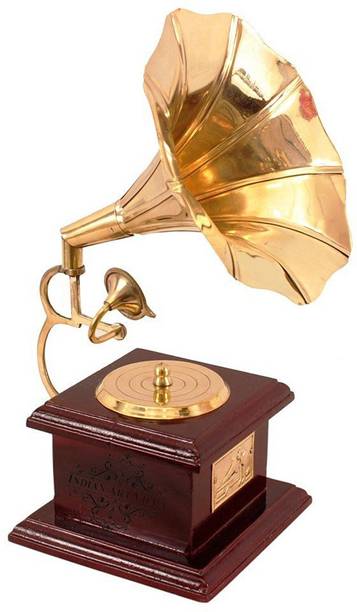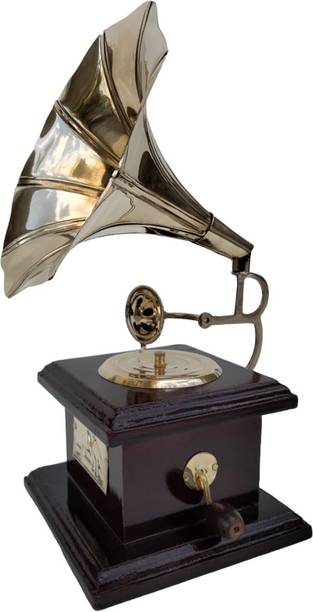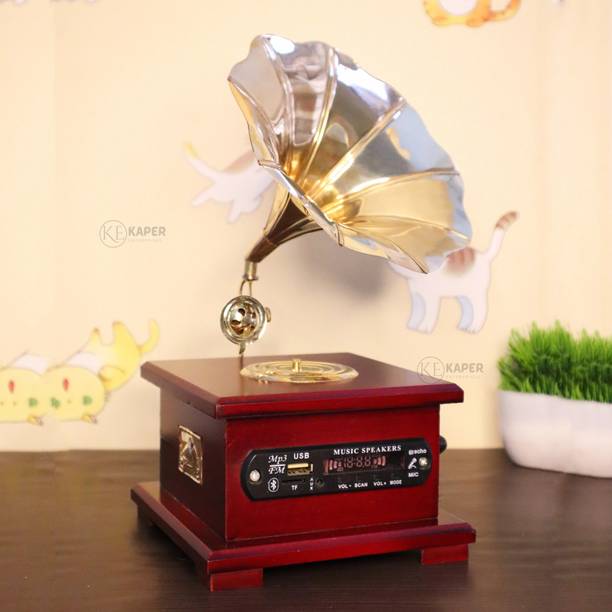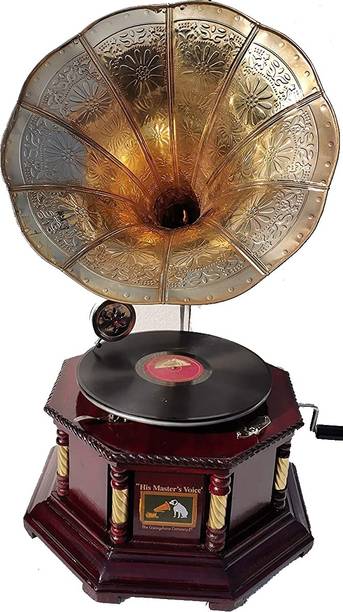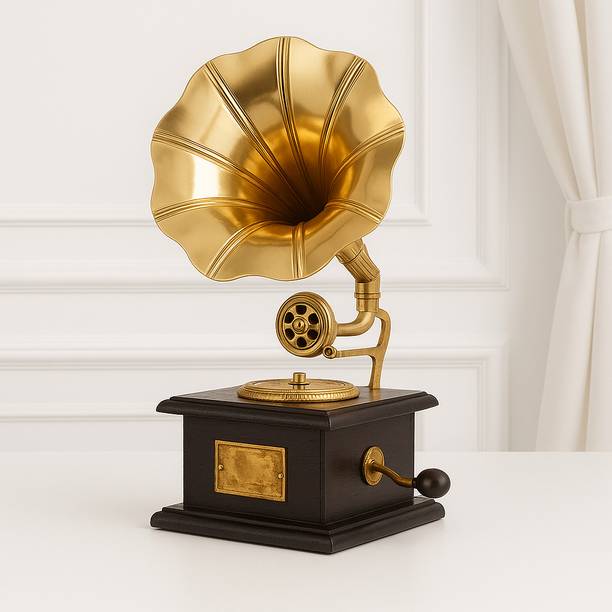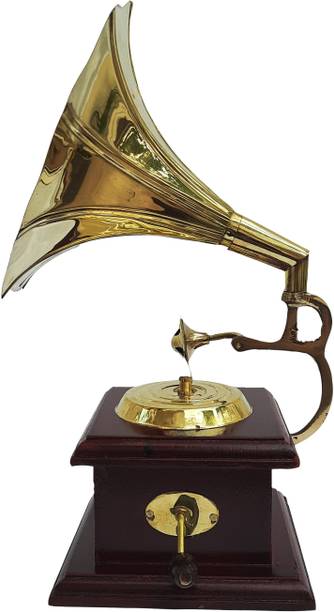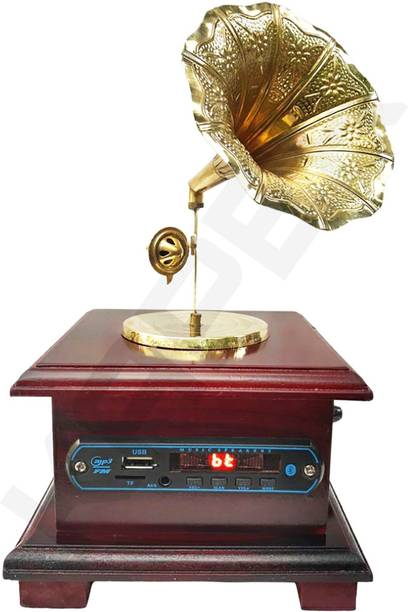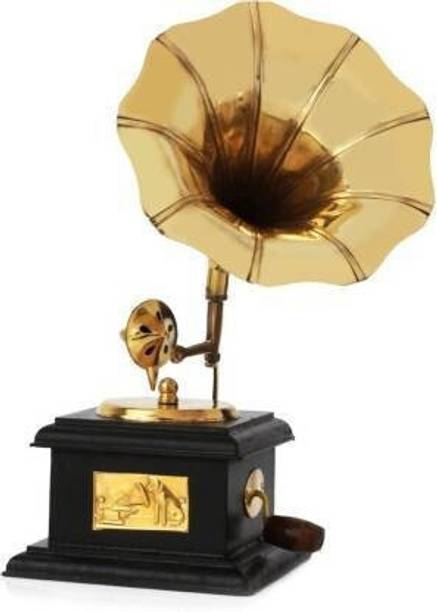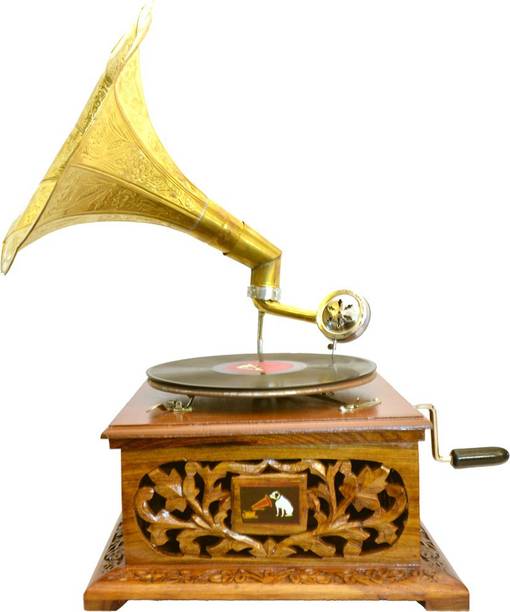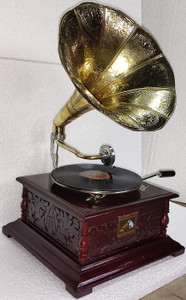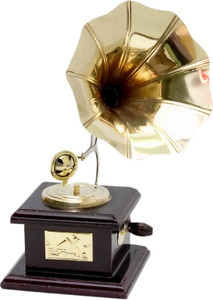Related Searches
Showpieces Figurines
Trending Searches
Antique Vintage Table Decor | Cow | Evil Eye Wall Hanging | Fengshui Products | Ganesha Idols | God Idols | Idols | Krishna Radha Statue | Laughing Buddha | Laxmi Idols | Mirror Vastu | Radha Krishna Gift | Religious Idols | Tourmaline Stone
Gramophones - An Era That Is Iconic in Its Own Right
The journey for the human race in terms of music and its related media has been very interesting. We have progressed and moved on from tapes to CDs and then from CDs to MP3s. It didn't stop there, we moved from MP3s to high-quality FLACs. Our music and other media became portable. These days, if you talk about buying an MP3 player, it's most likely that you will receive weird looks from people. This is because smartphones these days offer music player apps that are supported by Dolby Digital Audio. They deliver excellent audio quality. So, people wonder why anyone would want an MP3 player. As an Audiophile, I do understand their point of view, but there is also the point of view of an audiophile. This can only be understood by another audiophile. In the same way, if you tell someone your plan to buy a gramophone, you may get to see some interesting facial expressions. It doesn’t matter. A gramophone is a piece of our history that is related to music. Here are a few things you should know before you decide to buy your antique gramophone. If you are not so keen about buying an antique one you can find many other gramophones online.
How Does a Gramophone Work?
A gramophone is an early form of record players that was driven by mechanical means. This device reproduced sound without the use of electrical amplification. These record players are very different from modern turntables that you come across in today's market. However, the records that store the sound, and the needles that read the stored data into audible music essentially work in the same way.
Gramophone Record
The records that are available these days use a spiral groove to store sound. Records from the early ages of the gramophone era had recordings only on one side. That changed as record companies soon started printing double-sided records which could store twice as much sound, just like CDs or DVDs became dual-sided at one point of time. The grooves in the record may appear to look even and uniform but they actually have small back-and-forth eddies on them that store the sound.
Gramophone Player
The gramophones are similar to present-day record players when it comes to the manner in which they read the data file of a record. Gramophones read the sound using a small needle which fits into the groove on the record. The needle is fixed or linked to a diaphragm. The diaphragm is in turn linked to a horn. A spring-driven motor spins the loaded record at a constant rate. The spinning of the record causes the needle placed in its groove to vibrate back and forth. These vibrations are picked up by the diaphragm. This creates sound and this sound is then transferred out to the horn.
Buying a Gramophone
You can look for your gramophone online and buy it from a shopping website of your choice. You can alternatively look at this gramophone - Heinibeg Premium Wooden Brass Gramophone.
